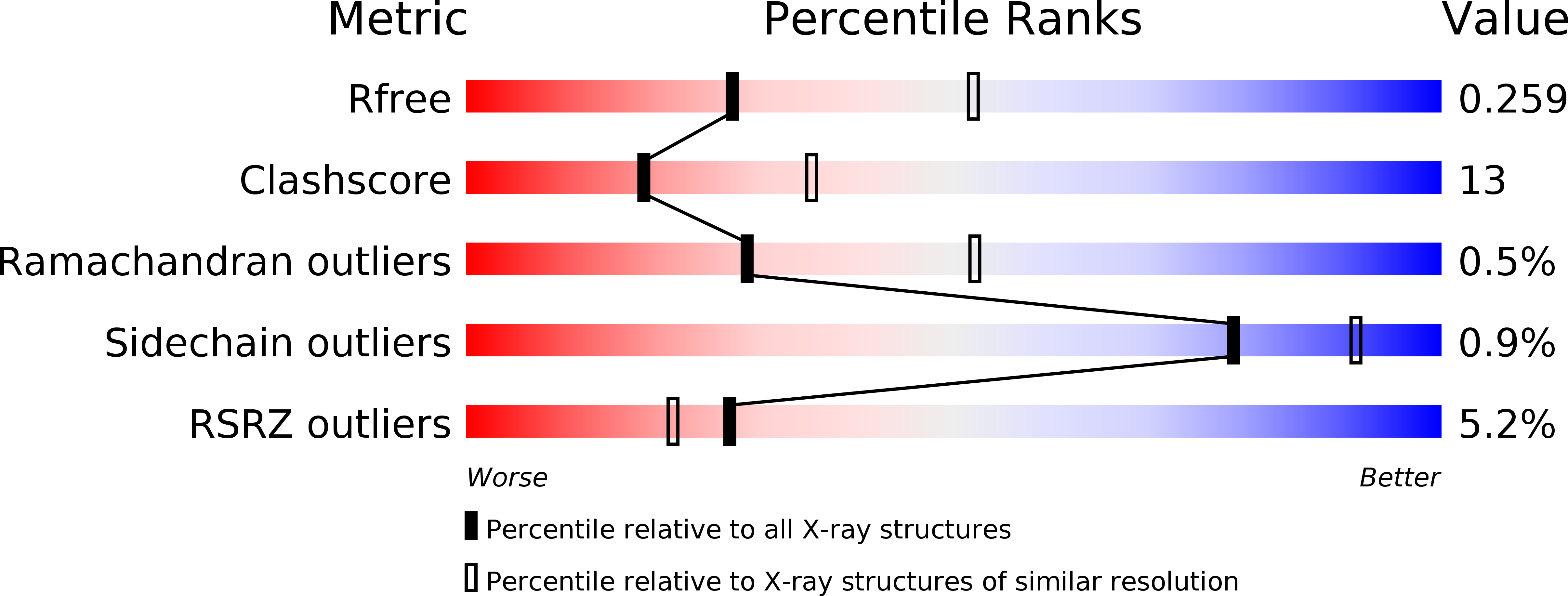
Deposition Date
2017-05-30
Release Date
2018-02-14
Last Version Date
2024-11-13
Entry Detail
PDB ID:
5W08
Keywords:
Title:
A/Texas/50/2012(H3N2) Influenza hemagglutinin in complex with K03.12 Fab
Biological Source:
Source Organism:
Influenza A virus (A/Texas/50/2012(H3N2)) (Taxon ID: 1321009)
Homo sapiens (Taxon ID: 9606)
Homo sapiens (Taxon ID: 9606)
Host Organism:
Method Details:
Experimental Method:
Resolution:
2.60 Å
R-Value Free:
0.26
R-Value Work:
0.24
R-Value Observed:
0.24
Space Group:
P 1 21 1


